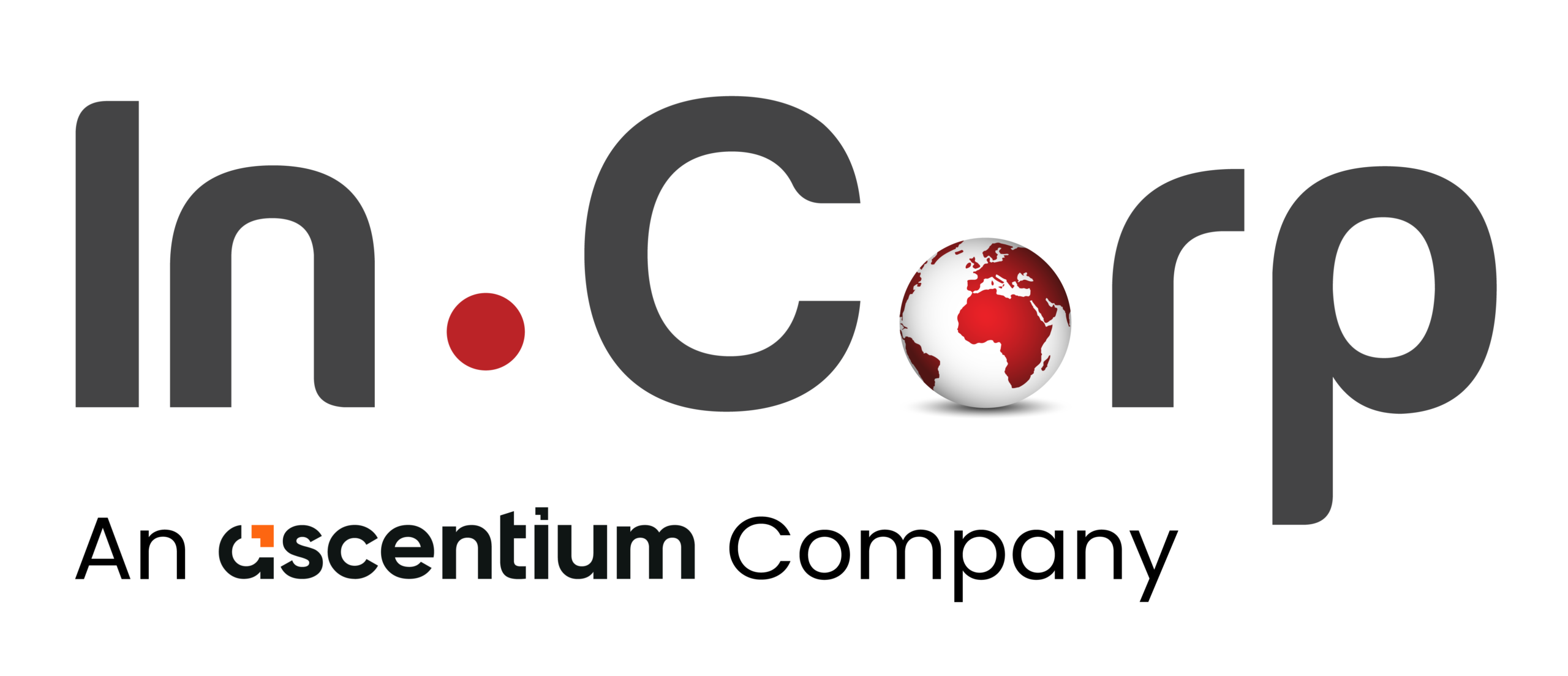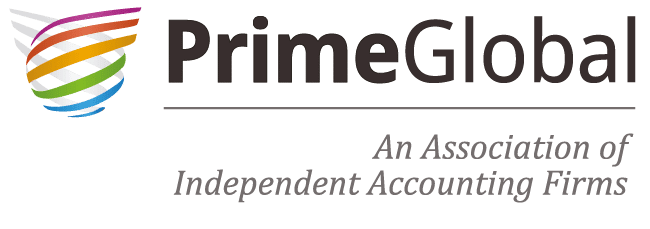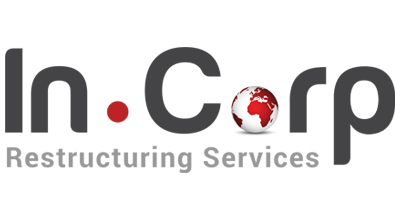Importance of Tools and Technologies in Audit

Importance of Tools and Technologies in Audit
Enhancing audit efficiency: Leveraging tools and technologies at various stages of audit
- Last Updated
As businesses have evolved over the past few decades, audit and auditing techniques have also come of age. Conducting audits using only traditional techniques, e.g. vouching and verification has its limitations and is certainly not sufficient. With the advent of artificial intelligence, it is pertinent to use various tools and technologies in how we conduct audits. Some of these tools are readily available in the market, while others require investment from audit firms. Some can be developed using Microsoft features, e.g. Macros/Automate. Big accounting firms have been using various tools and technology in conducting audits and have a cutting advantage over other Indian firms. From audit planning to executing the audits to drafting the deliverables, every audit area/phase can be automated. Some of the areas where these tools/technologies can be deployed are listed below.
1. Fact-based Risk Assessment
Tools like Power BI, Tableau, and ACL Analytics are used for preparing dashboards, charts, and trends which enhances the pinpointing of risks. For e.g. a trend that shows higher period-end sales emphasizes the possibility of cut-off risks. Data that shows a higher volume of related-party transactions indicates the presence of related-party risk. Creating simple Pivot tables and stratification of data in Excel can also help in zeroing the risks. Risk assessment based on facts and data enhances the overall audit quality and removes biases/reckless judgments if any.
2. Project Management
Audit firms have developed portals for managing their client data requests. In these portals, the engagement teams can create projects/assignments. Data requests, along with agreed dates, names, and email IDs of concerned personnel from the client as well as the engagement team are uploaded to the portal through an Excel template. Once the project is approved by the engagement partner and the project goes live, automatic emails are sent to the concerned person. Access is given to the engagement teams as well as client personnel, wherein the client uploads the requested data in the portal. The automatic intimation is sent to the Engagement Team once the client uploads the data. The status of the data requests and the pending list can be easily tracked which is available at the click of a button. This helps eliminate the need to send multiple emails to the client. Folder-wise data can also be retrieved after the closure of the project.
3. Audit Sampling
Various sampling techniques, such as Monetary Unit Sampling (MUS), stratified sampling, Pareto sampling, etc. require the use of some other forms of tools. These tools can easily be developed with the help of Macros/Programming language.
4. Summarising various documents with the help of Optical Character Recognition (OCR)
Firms have developed software that assists in extracting and summarising the information on various audit evidence in a meaningful way for analysis. Information on various audit evidence that is voluminous in nature like sales invoices, agreements, statutory dues challans, etc, can be extracted with the help of tools that are developed in-house.
5. Journal Entry (JE) Testing
For every audit, management override of controls is a significant risk area. One of the procedures to test management override of controls is Journal Entry Testing.
The following activities are performed while doing JE testing.
- Extracting and uploading client data
- Checking data integrity by matching with the Trial Balance
- Setting parameters of JE testing
- Final run of the parameters for JE extraction
- Evaluation of the outliers from the final run
The above activities can only be performed if the audit firm has a tool/software for JE testing. Interactive Data Extraction and Analysis (IDEA) and Audit Command Language (ACL) are some of the tools that can be used in journal entry testing and validation.
6. Inventory Count
Doing inventory counts for large-scale companies with plants/depots/units scattered all over the geographical area requires enormous time in planning, monitoring, and documenting audit evidence. Many firms have developed mobile apps to physically count/scan inventory samples. Features like an inbuilt inventory count checklist, attaching photos of the count, and review notes in the app can enhance online documentation of the inventory count in real-time.
7. Regulatory Compliances
There are platforms available in the market that help auditors in tracking deadlines, monitoring and reporting of regulatory compliances. These platforms are essential for organizations to meet the compliance requirements of regulatory frameworks.
8. Drafting of Reports and Letters
Some auditing firms have developed in-house portals wherein formats of various types of reports and letters are uploaded to the backend so that all employees can access and prepare the deliverables.
Some of the features of these portals are as follows:
- Options for the editable text of the report/letter
- Blocking/alerting edits in the standard text where edits are not warranted
- Highlights text in track change mode thereby facilitating manager/partner review online
- Once the approver approves the deliverables it can be printed for signing on letterhead
9. Communication with those Charged with Governance
Various extensive PowerPoint presentations can be now quickly made with the help of artificial intelligence.
10. Collaborating within Teams
Tools like Microsoft Teams, Google Workspace, and SharePoint help in effective communication and project management within audit teams.
Advantages of Using Tools and Technologies
1. Saves substantial time for engagement teams
It enhances engagement teams’ overall productivity and helps them work smarter.
2. Better Insights into the Enormous Data
It enables auditors to focus more on higher-risk areas.
3. Spurts Enthusiasm and Creativity in the Engagement Teams
Using same-age-old techniques of auditing may create monotony among the engagement teams. The use of tools and technology in each phase of the audit keeps the team engaging and motivating.
4. Value Addition to the Clients
The use of tools may provide outliers which can be valuable input to businesses for decision making.
5. Competitive Advantage over others
Firms that use these tools and technology have an advantage over other firms that are not using the same.
6. It may Lead to Finding Patterns and thereby Fraud
As the expectations from various regulatory authorities/stakeholders are rising day by day, it is more pertinent to have tools that will assist in finding exceptions and high-risk transactions from the data and thereby fraud.
Conclusion
There are quite some benefits of using the tools, but it requires acceptance and mindset change from the engagement teams. Its extensive use in audits will go a long way in enhancing audit quality, efficiency, and effectiveness, ultimately leading to enhanced trust and credibility in financial reporting and organizational governance.
Why Choose InCorp Advisory?
Our team at InCorp has the requisite expertise to offer compressive assistance throughout the entire risk assessment process and audit using the latest tools and technology. Our services include Internal Audit, Process Audit, Forensic Audit, ESG Risk Assessment, and Transactional Advisory. To learn more about our Risk Advisory services, you can write to us at info@incorpadvisory.in or reach out to us at (+91) 77380 66622.
Authored by:
Kashinath Parab | Risk Assurance
Frequently Asked Questions
Risk assessment which is done after analysing the company’s data and various facts is called fact-based risk assessment. Doing risk assessment with a set of predefined risks may lead to focusing on non-relevant areas.
It automates routine tasks and helps focus on complex and significant risk areas thereby reducing substantial time and improving overall audit quality.
Manual methods cannot process large data. Advanced tools can help in processing voluminous data, perform complex analyses, and provide meaningful insights.
This requires identifying organizational needs and the tools to be used. With adequate staff training, imbibing a culture that embraces technology and continuously evaluating and updating tools according to the organizations’ needs, we can align with evolving audit requirements and technological advancements.
The future of auditing is promising with advanced tools and technologies. As technology evolves, auditors will use more sophisticated tools for accurate data, deeper insights, and proactive risk management. This will lead to more reliable audits and greater confidence in financial reporting and governance.
Share
Share
































































